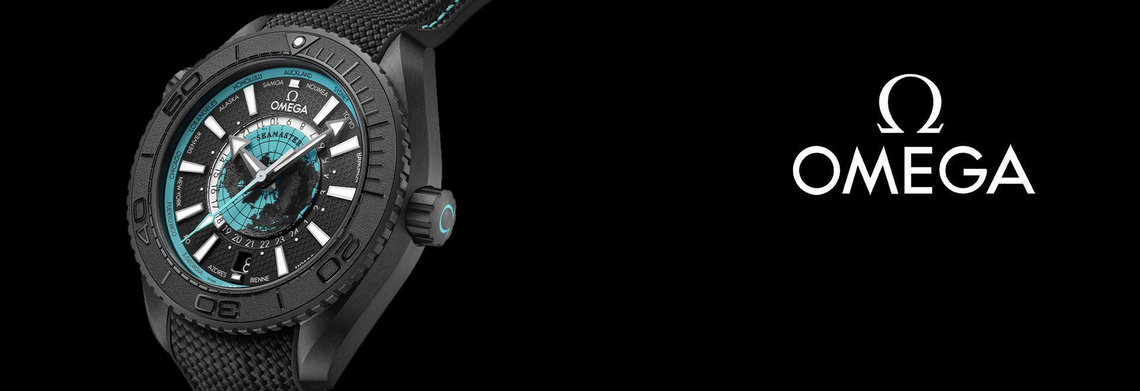
OMEGA introduces speed skating timekeeping equipment in Sochi
OMEGA introduces speed skating timekeeping equipment in Sochi
Peter Hürzeler, OMEGA Timing Board Member, introduced the timekeeping systems used in Olympic Winter Games speed skating events at the Adler Arena less than a year ahead of the beginning of the Sochi 2014 Olympic Winter Games.
Electronic Start System
Originally introduced by OMEGA at the Vancouver 2010 Olympic Winter Games, the futuristic red starting gun is composed of a flash gun and a sound generation box; an advanced electronic version of the starting pistol reminiscent of the revolvers so popular in movies set in the Old West.
With the new device, when the starter presses its trigger, three things happen simultaneously: a sound is “played”, a light flash is emitted and a start pulse is given to the timing device. By pressing the trigger a second time within two seconds, the false start will be audibly signalled. The sounds can be changed and downloaded by computer.
The electronic starter offers another practical advantage over the traditional starting pistol: it causes les consternation at airport security checkpoints.
Photoelectric Cells
There are two photo cells at the end of the track, set at different heights in order to ensure that they are triggered by the competitor’s skate. For an accurate result, both photo cells need to be triggered to establish and record the race time. There are some key factors in determining the results in a race.
At the London 1948 Olympic Games, OMEGA used its photoelectric cell for the first time at a summer Olympic Games. The now ubiquitous “slit” photofinish camera, developed by a British firm called Race Finish Recording Company, also made its Olympic Games debut.
This photoelectric cell could determine precisely when the competitors crossed the finish line. However, in some events, the athletes finished so tightly grouped that it was sometimes impossible to tell, beyond a shadow of a doubt, what the finishing order had been. The photofinish camera recorded an image that could be developed in about eight minutes, removing any question about who would claim the gold, silver and bronze medals.
More than six decades after these ground-breaking technologies were introduced, their descendants remain an essential cornerstone in the timing of world-class events. The combined use of photoelectric cell technology and photofinish images changed sports timekeeping forever.
Scan’O’Vision Photofinish Camera
No matter how well intentioned, the human eye has its limitations. At the finish line, it was replaced by a highly sensitive photoelectric cell which instantaneously stopped the chronograph, while a lightning-fast electric current eliminated inconsistencies caused by timekeepers’ reaction times. In sprints and races with grouped finishes, there was the possibility that there would be no space between the athletes crossing the finish line so other timekeeping systems had to be used in support of the photoelectric cells. The photoelectric cell placed at the finish line dramatically outperformed all previous timing devices and in time, replaced the finishing tape.
Since the Vancouver 2010 Olympic Winter Games, the OMEGA Scan’O’Vision photofinish camera has been used to determine the official finishing times of the competitors in a race. During the speed skating events, as soon as a competitor’s skate crosses the finish line, the running times on the scoreboard and television superimpositions is stopped – but ultimately it is the photofinish camera that has measured and captured the result that will be deemed official.
Transponders
The incredibly lightweight and discreet transponder equipment will be attached to each competitors’ left and right legs, making it possible for OMEGA to measure, record and display the intermediate times and rankings of the participating athletes and teams while the race is taking place.

